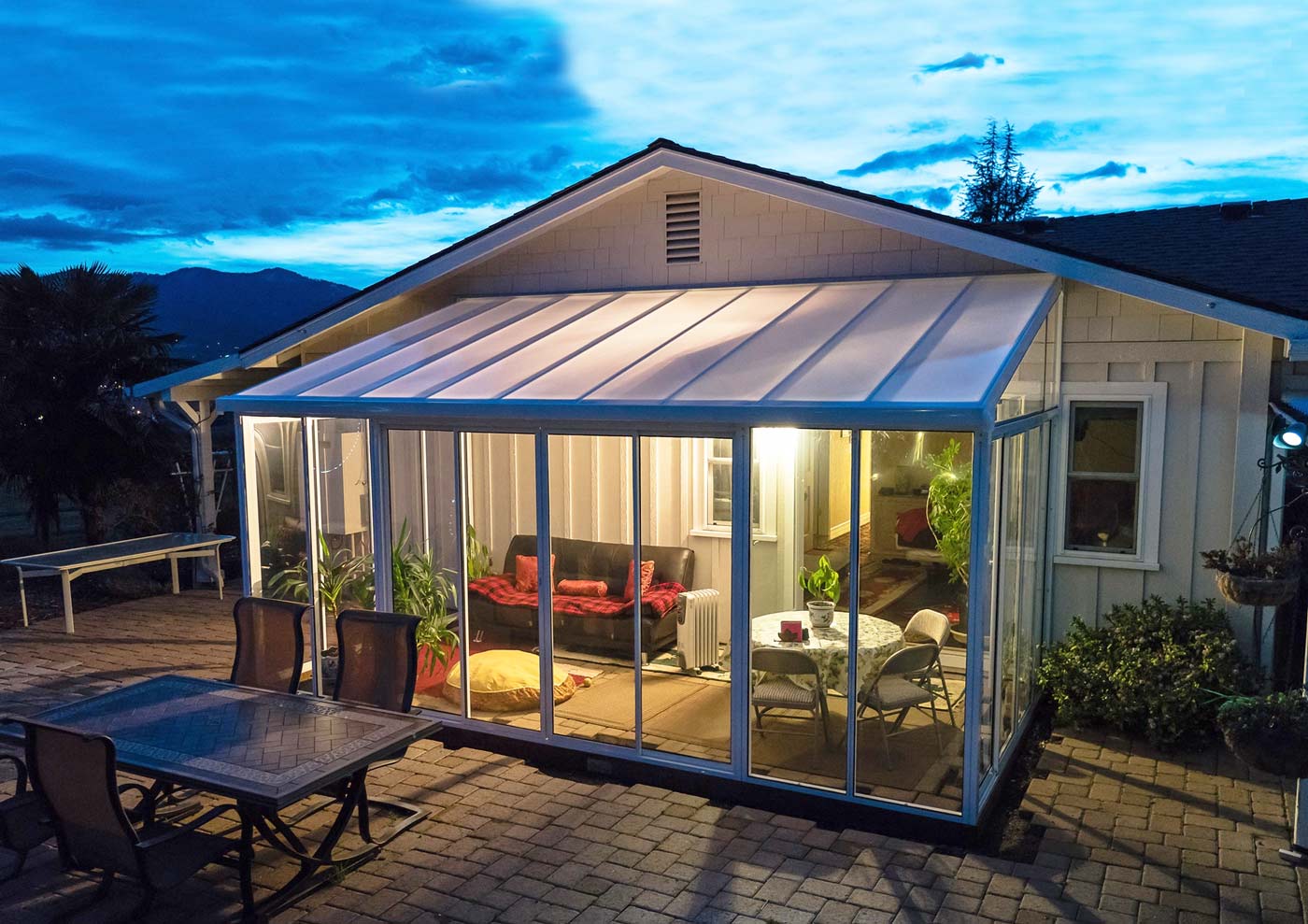Current channel gate systems include traditional wing gates, swing gates, and three-roll gates. With the advancement of technology, new types such as obstacle-free access gates and arm-type barriers have gradually appeared in the market. These different types of channel gate devices provide varied user experiences depending on their application environments—such as high-end office buildings, airports, government offices, factories, residential areas, subways, and high-speed rail stations.
**Fault Analysis and Maintenance of Three-Roll Gates**
1. The motor rotates back and forth after power-on:
- First, check if the unlocked photoelectric switch is exposed to strong light (especially common in outdoor installations).
*Testing method:* Cover the chassis with a dark object; if you need to open the cover, use an opaque material to block the photoelectric switch during testing.
- Test the unlocking photoelectric switch:
A. Check if the photoelectric switch on the unlock board is receiving power and whether the 4PIN terminal is properly connected.
B. Enter the debug menu P00, rotate the synchronization wheel to pass the light block through optocouplers 1 and 2. The red and green lights should brighten; otherwise, the photoelectric switch may be damaged.
- Ensure the connection between the photoelectric switch and the mainboard is secure.
- If the red light of the photoelectric switch is on but the green light isn’t, check if the L5 and L2 indicators on the mainboard are lit. If not, the mainboard might be faulty.
2. After the gate is activated, it doesn’t move:
- If the mainboard indicator is normal, and the L7 or L8 LED flashes when a valid signal is sent, but the gate doesn’t operate:
*Test method:* Measure the AC18V output from PX terminal PC and PD. Check if the F2 (3A) fuse is blown. If okay, check for DC24V at MA and MB of DX terminal. If voltage is present, check for motor disconnection or damage.
- If the mainboard indicators are off and the digital display is not working:
*Test method:* Check the AC12V output from PA and PB on the PX terminal. Verify if the F1 (2A) fuse is intact. If all checks are good, the mainboard is likely damaged.
3. The gate does not reset immediately after being opened:
- When people pass through, the gate remains open for a while before closing.
*Test method:* Check the reset photoelectric switch (similar to the unlock one). When the signal is detected, the L4 indicator on the mainboard should light up. If not, the mainboard may be faulty. Also, check if parameter P08 is set to memory mode.
4. The gate can only rotate in one direction:
- Open the movement cover and observe if the left and right positioning arms are in place or stuck.
- Enter the debug menu P00, adjust the light block position:
A. When the red light is on, the left and right arms should align evenly on the dial.
B. When the green light is on, the arms should be slightly offset from the dial, maintaining equal gaps.
5. The lever cannot drop when the rod or gate is running:
- Check if the retainer on the drop lever mechanism has fallen off or if the brake lever lock is worn.
- If the drop mechanism is loose, it may cause misalignment. Ensure there is a slight gap between the spring piece and the brake lever lock.
- Check if the electromagnet is functioning properly. It should feel warm during normal operation.
- Measure the DC24V output at LOCK1 and LOCK2 on the MX terminal. If no voltage is detected, the mainboard may be damaged.
6. The gate opens and then resets in the opposite direction:
- Open the movement cover and test the normally open and closed contacts of the left and right travel switches.
- Adjust the light block position (as in step 4B).
- Adjust the left and right travel switches: When the door is unlocked, the positioning arms should not touch the switches. Keep the gap as small as possible.
7. The directional indicator board shows no change when the gate is open:
- Check the DC12V output at DIR-L and DIR-R on the mainboard. If no voltage is detected, the mainboard may be faulty. If the mainboard is working, the directional indicator board is likely damaged.
Sunroom
Designed to maximize natural light and warm sunlight, a sunroom provides a bright, warm and comfortable space for its occupants. It can be used as a relaxation area, a garden room, a studio or a winter garden, allowing people to feel the natural environment of the outdoors indoors. The design of a sunroom can be customized to suit individual preferences and functional needs, and often takes into account factors such as ventilation, shading and insulation.

The role of the sunroom is mainly as follows:
The role of the sunroom is mainly as follows:
1. It can let more sunlight into the room, improve the brightness of the room, and make the room brighter and more comfortable.
2. solar energy can be used to raise the indoor temperature, which can play the role of heat preservation in winter and reduce the energy consumption of heating.
3. Sunrooms are usually designed as bright and warm spaces, which can be used as places for leisure and entertainment, such as reading, resting and chatting.
4. It can increase the circulation of indoor air, prevent indoor mould and odour, and help to improve indoor air quality.
5. It can add a unique landscape and functional space to the house and enhance the overall value and attractiveness of the house.
Free Standing Sunroom,four season room,cost to add sunroom
Foshan City JBD Home Building Material Co.,Ltd. , https://www.jbdhome.com
